Mark Diacono: How to grow your own hazelnuts (and why you'll find it rather easy)
Our resident grow-your-own expert Mark Diacono gives his tips on the surprisingly easy hazelnut.
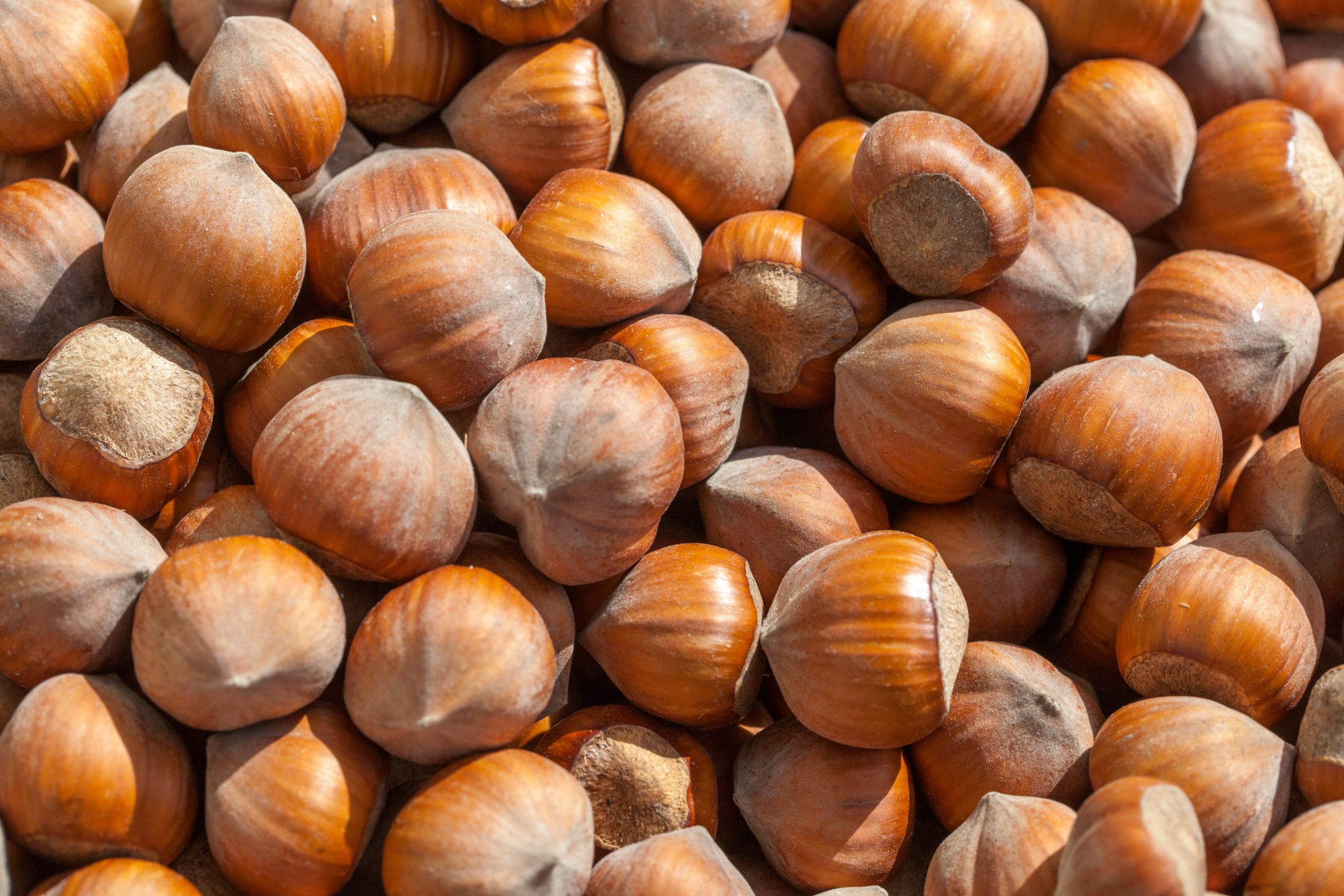

On the edge of the field where, 15 years ago, I planted pecans, sweet chestnuts, almonds, bladdernuts and heartnuts, the hazels quietly got on with things. In the sunniest of summers after a frost-free late spring, the more marginal pecans and almonds were plentiful, whereas the hazels produced heavily every year regardless. It’s not surprising: those hedgerow hazels are much more well suited to our climate and we have been harvesting their wild ancestors on these islands since at least Mesolithic times. I grew to love them for their reliability, but also their flavour: of all the homegrown nuts I’ve eaten — those sweet, sweet almonds, the oily, fresh walnuts, the chestnuts lightly toasted in the shade of their leaves — none surpasses the handful of creamy white filberts in autumn.
Although often used interchangeably, the terms hazel, cobnut and filbert refer to distinct groups: hazelnut is the umbrella for all wild and cultivated hazels; cobnuts (Corylus avellana) are the cultivated varieties, often longer in shape than wild hazelnuts; and filberts (Corylus maxima) form a subgroup of cobnuts that have a husk enclosing the nut. These improved cultivars inspired large-scale planting during the 18th and 19th centuries, although, by the First World War, this had declined considerably. Now, 100 years later — as with so much that we could grow well — most of the hazelnuts we eat are imported. Happily, they are enjoying a modest renaissance in our gardens, at least.
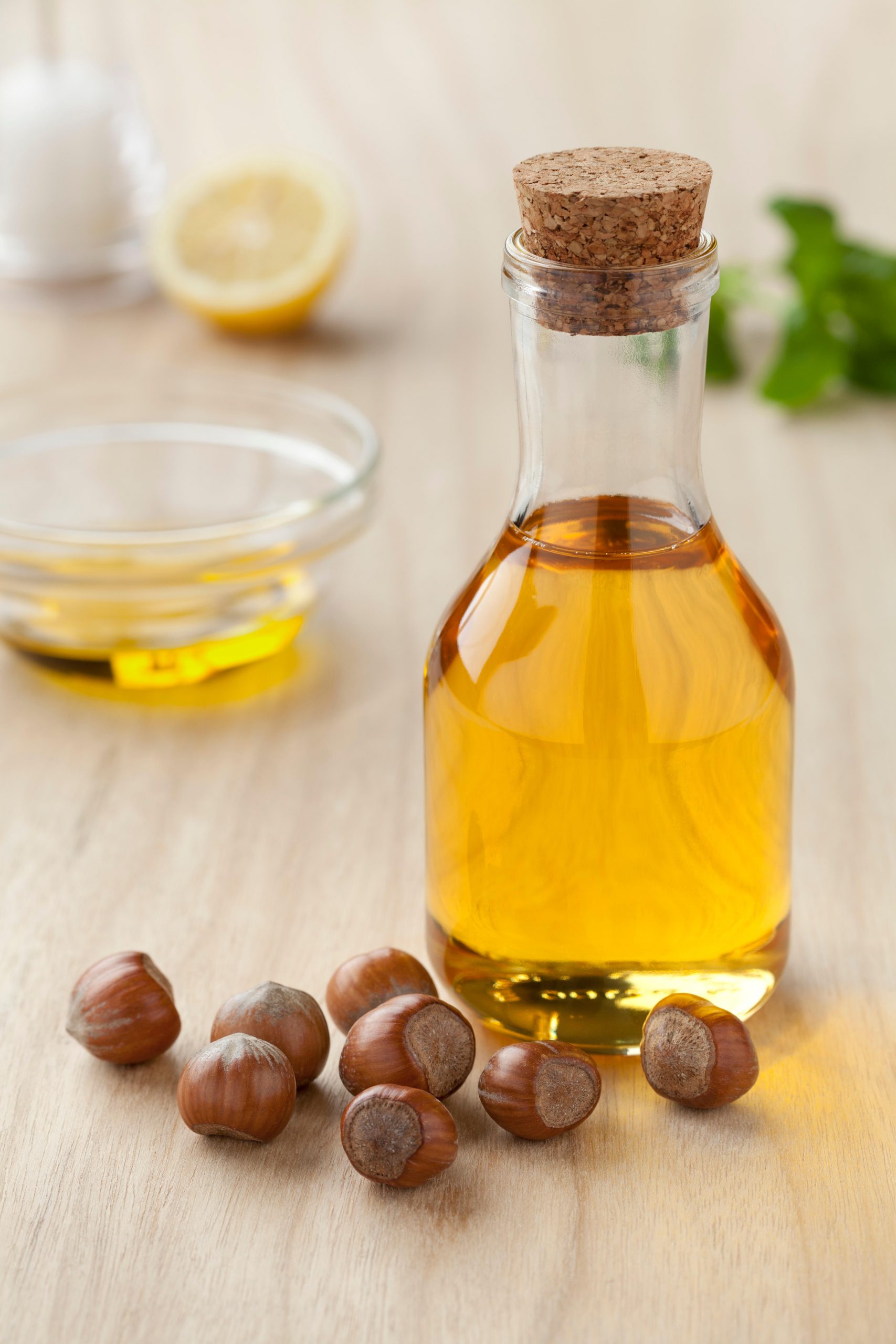
As well as being the most reliable nut to grow in the UK, hazelnuts require little of you. Although walnuts and pecans may grow large enough to shade a tennis court and an apple or pear will have you up a ladder with saw and secateurs every year, the availability of dwarf rootstocks, naturally small cultivars and the ability to thrive when planted shoulder-to-shoulder as a hedge means hazels are an option even for small gardens and those disinclined to ongoing pruning.
Although relatively unfussy in the wild and pretty adaptable in the garden, if you give hazels a sunny spot, shelter, a good, sandy, well-drained soil and water them through long dry spells and through the first year as they establish, you’ll be in for heavy, reliable harvests. Wild hazels can reach quite a height, although most cultivars are smaller; pruning is not essential, but it’s a good idea to keep them at 4ft to 6ft for harvesting. I prune in winter, aiming for 10 or so good stems held in an open bowl shape, taking out the oldest stems and any over-crowded shoots and cutting to an outward-facing bud; it gives me a secondary crop of hazel sticks for the veg patch in the process.
Hazels are mostly self fertile, with both male and female flowers carried on the same tree, so one tree will give you nuts, but yields are usually higher if two or more cultivars are grown together or if wild hazels are nearby. There are many very good varieties to choose from: ‘White Filbert’ is the best flavoured I’ve tried; ‘Webb’s Prize Cob’ is a strong growing cultivar with excellent, long, pale brown nuts held in large clusters; and ‘Cosford’ and ‘Pearson’s Prolific’ are superb, reliable cobnuts that are particularly good pollinators, too.
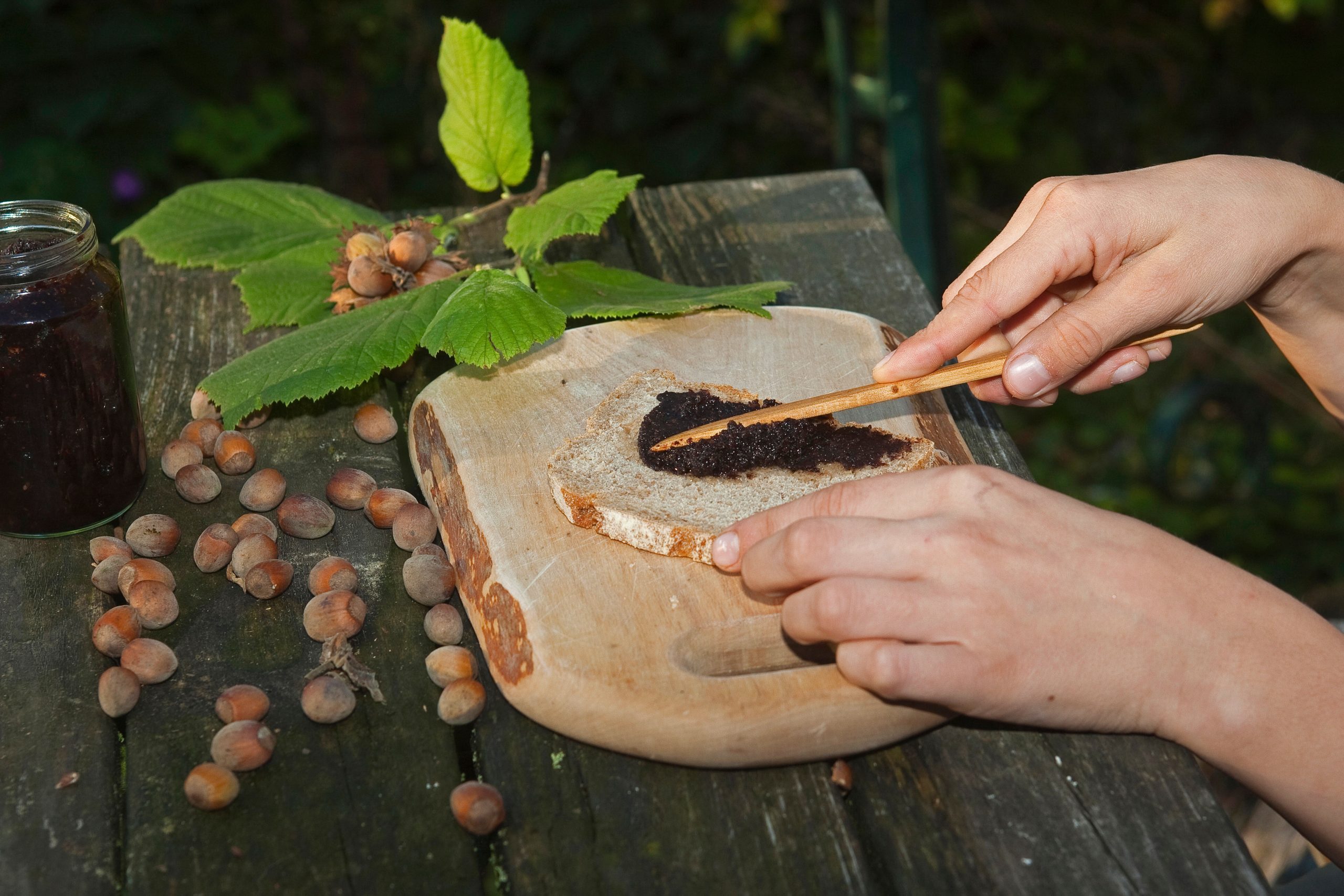
Hazels usually start to produce well after three or four years and are usually ready for harvesting in early autumn, when the husks start to yellow. A short spell of drying improves their shelf life and reduces the chance of mould: lay them out on a floor or table for a few days or hang them in the porch in net bags where the air circulation will help speed the drying process. Once dried, remove any husks, and store or eat.
Squirrels are the likeliest nuisance. There is little you can do to dissuade them: they’ll either be tediously present or entirely absent. You can opt to share a little with them — although beware, one year’s sharing can easily become the next’s complete clearcut — or you’ll have to trap or shoot them. A friend swears that the colourful inflatable snakes he places in each of his nut trees as the nuts ripen discourages squirrels for just long enough for him to get at least most of the harvest. I guess it depends how much you want to be the talk of your postcode.
Exquisite houses, the beauty of Nature, and how to get the most from your life, straight to your inbox.
Mark Diacono grows edibles, both usual and unusual, at Otter Farm in Devon (www.otterfarm.co.uk). His book From Scratch: Ferment is out now (Quadrille, £12.99)
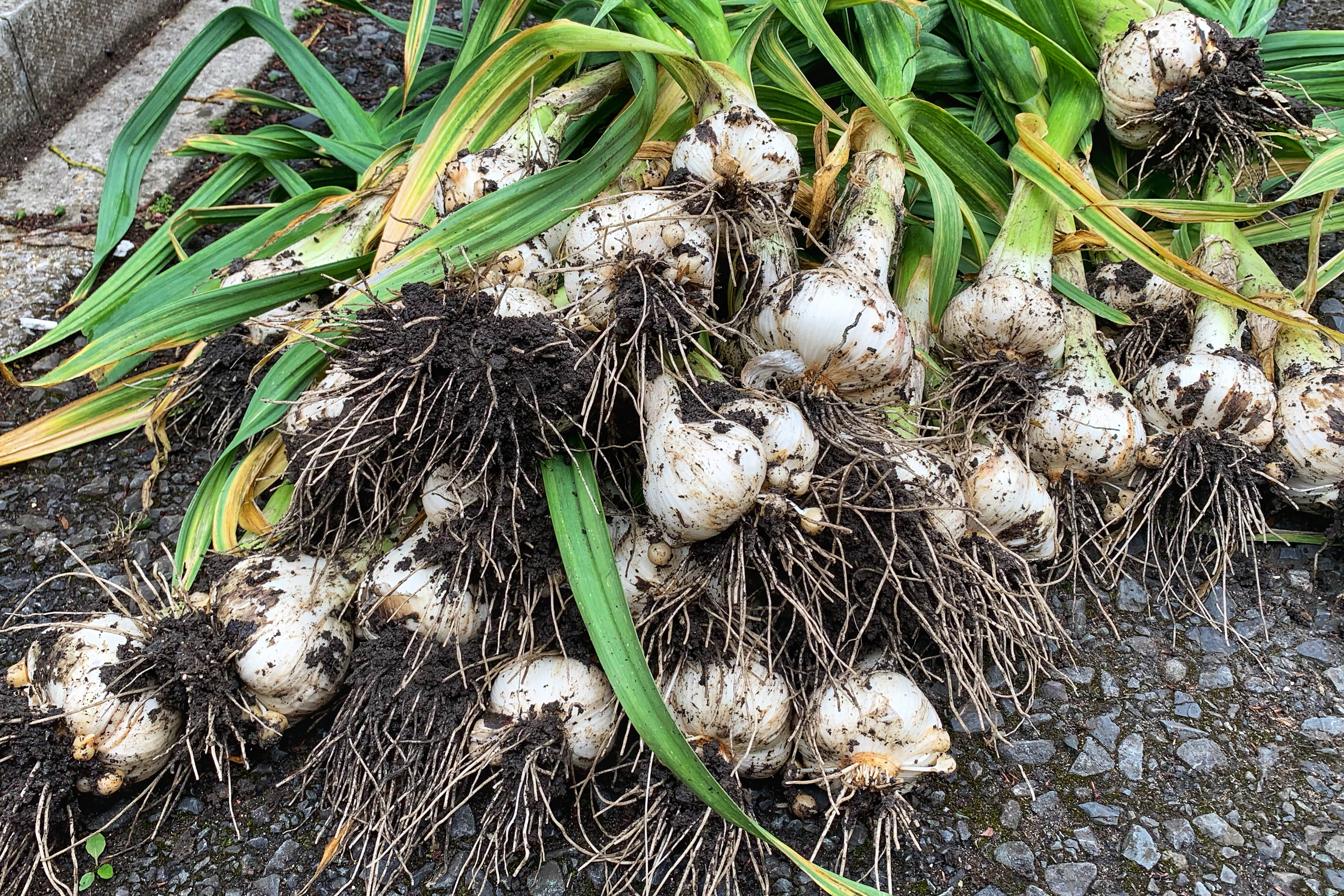
Credit: Getty Images
How to grow garlic: Delicious, lucky and superbly easy to cultivate
Mark Diacono teaches us how to grow garlic.
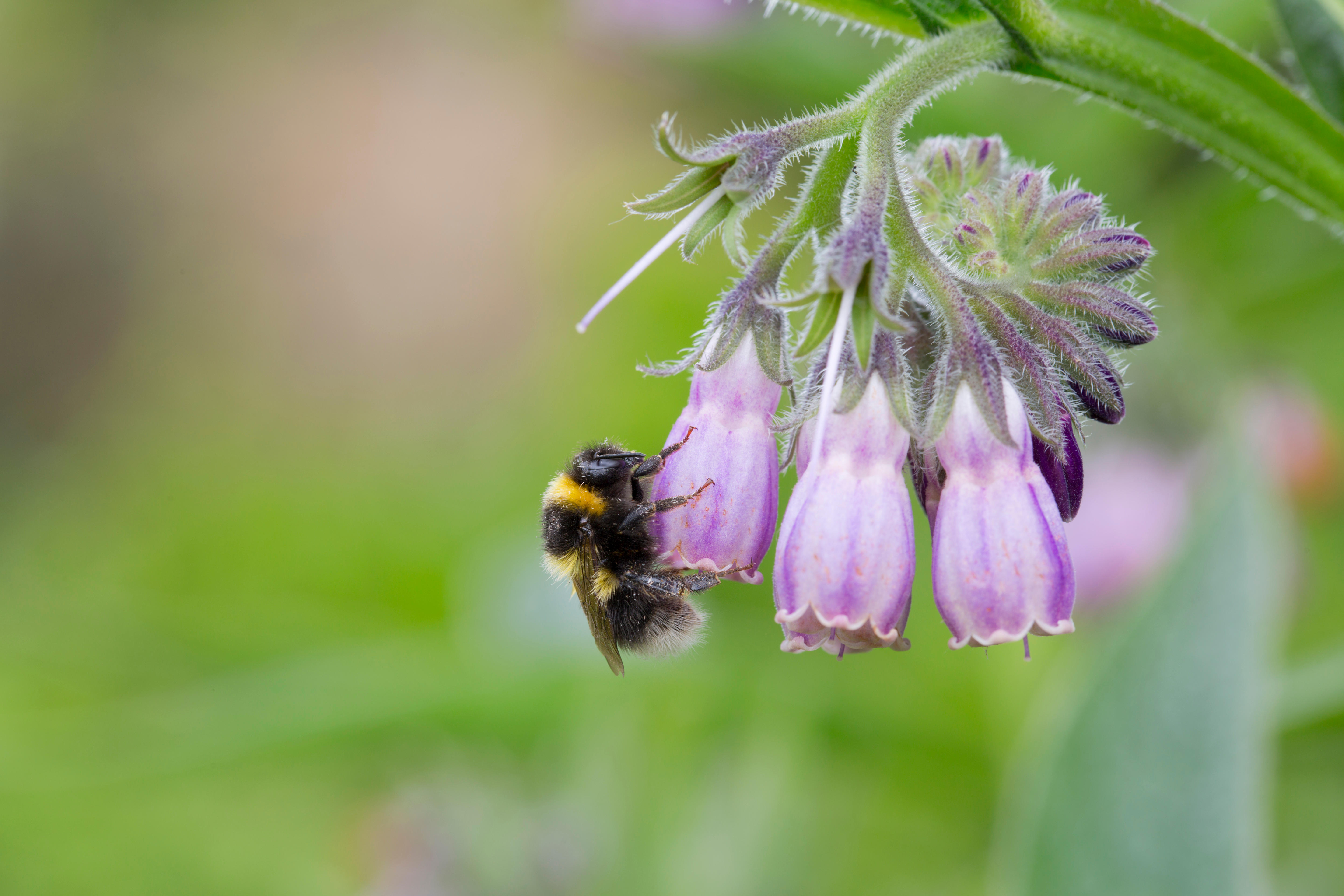
Comfrey: What you need to know about the plant that 'looks like borage a couple of gins into a long weekend'
Mark Diacono on the beautiful and untamed joy of comfrey.
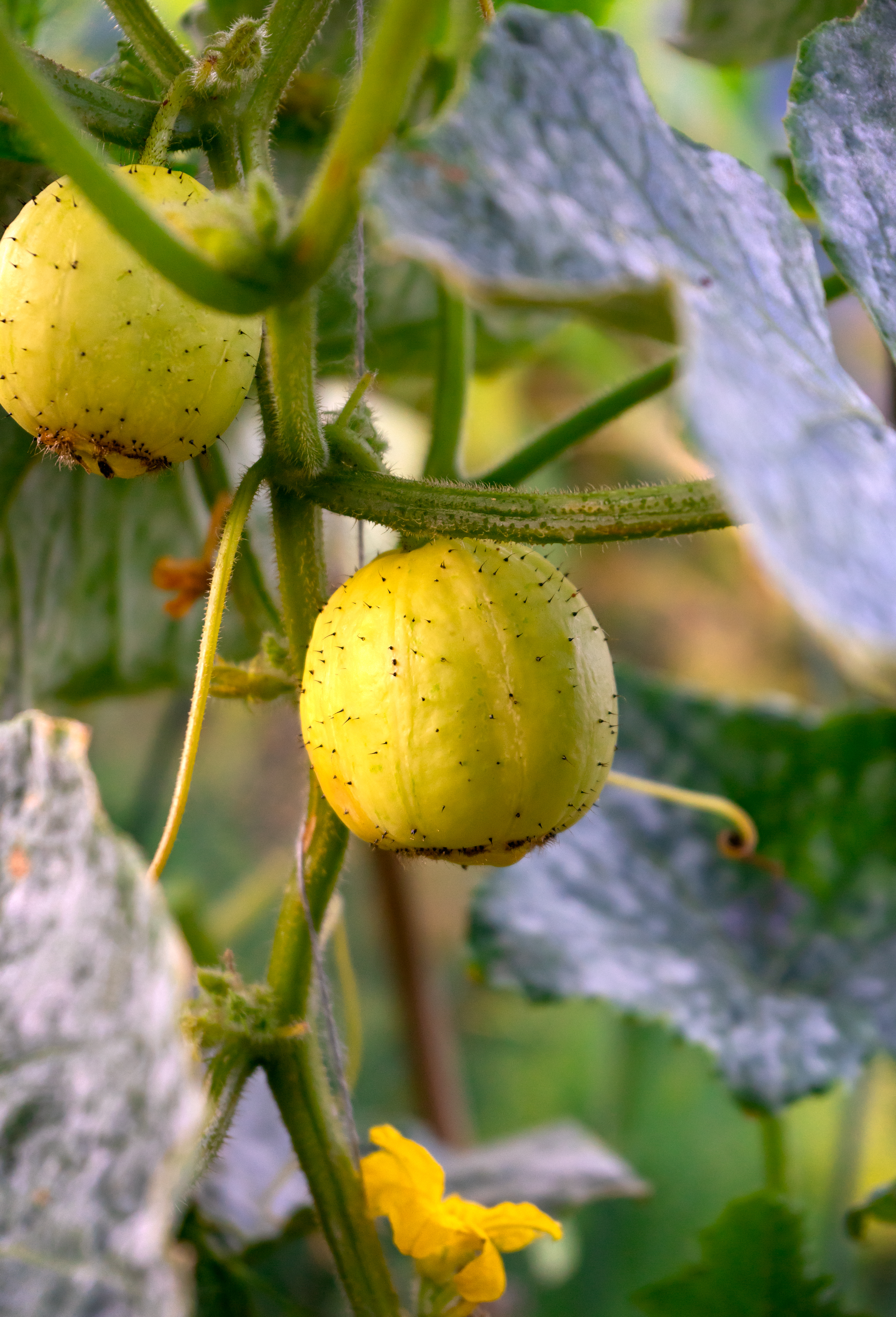
Everything you need to know to grow your own cucumbers
Food writer Mark Diacono shares his tips on how to grow cucumbers and three of his favourite varieties to try.
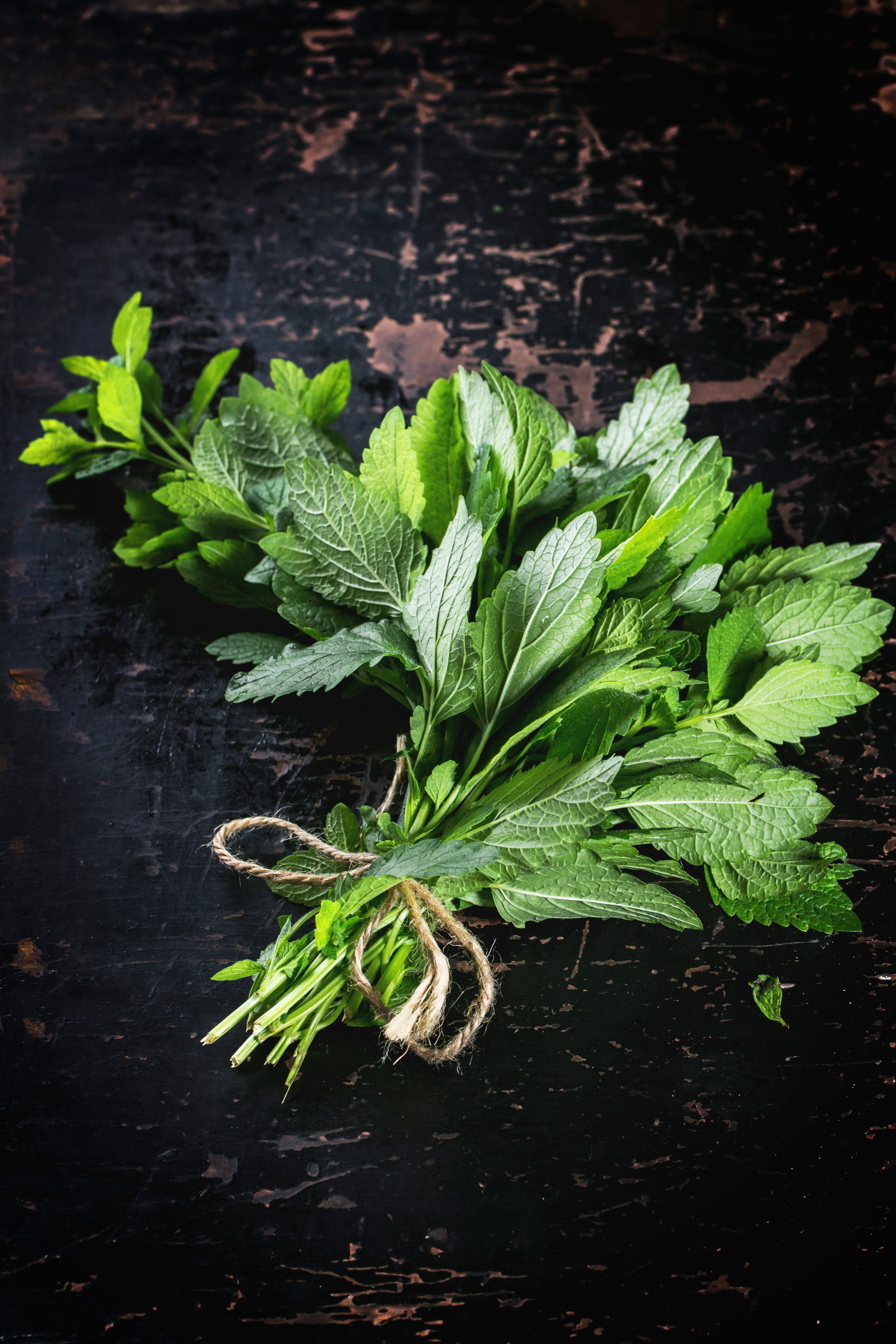
Credit: Alamy
Cultivating mint: What varietals to plant, where to plant them and whether they should be used for jelly or juleps
Mark Diacono explains why mint is for even the incurably incompetent horticultural enthusiast.
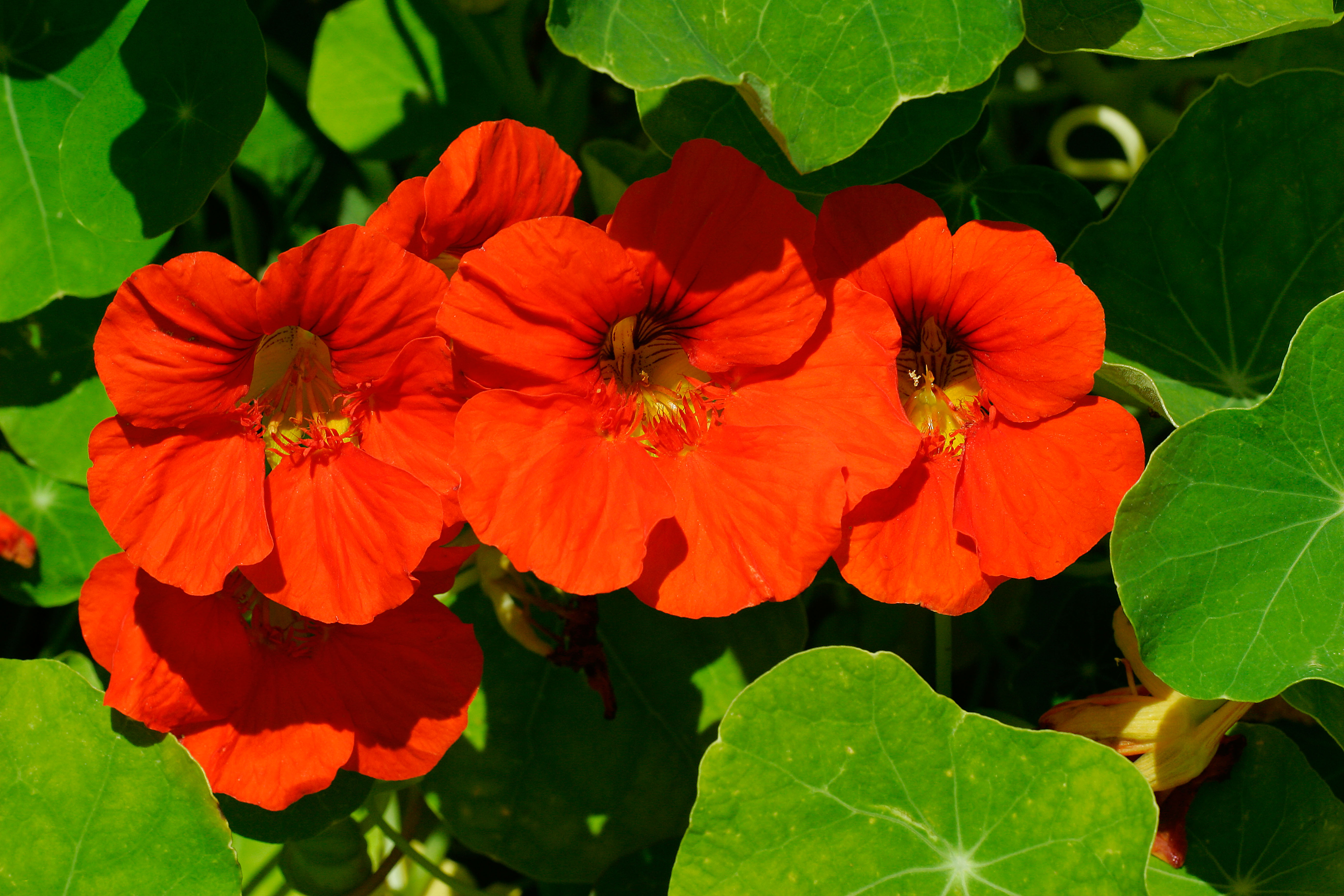
Credit: Alamy
The top salad leaves to grow in your garden for summer garnishes
Mark Diacono tells us his top salads to plant to accompany barbecues this summer season.
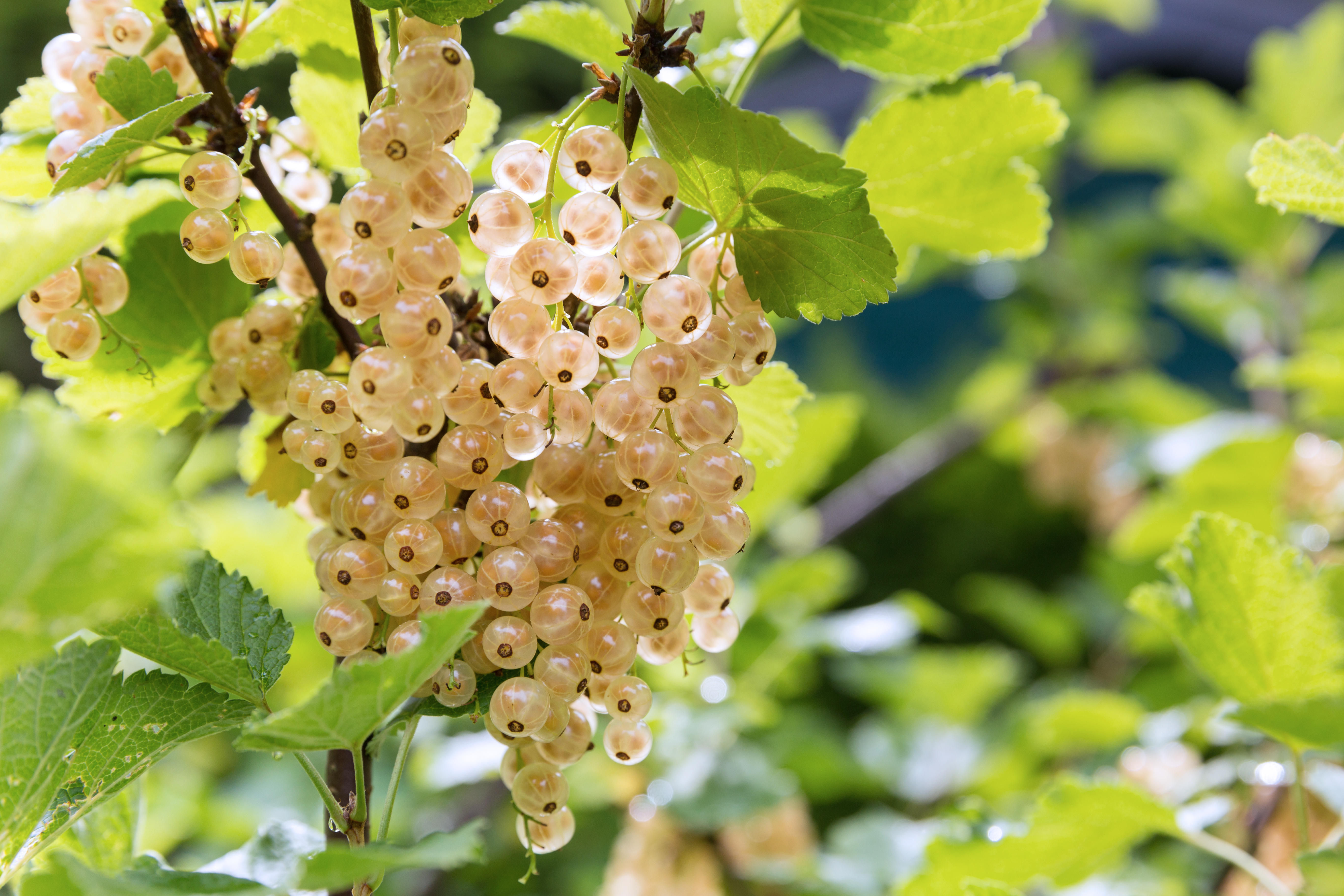
How (and why) to grow your own white currants: 'Scatter them over a knickerbocker glory'’
Mark Diacono shares his top tips on how to plant white and red currants, which varieties to choose — and
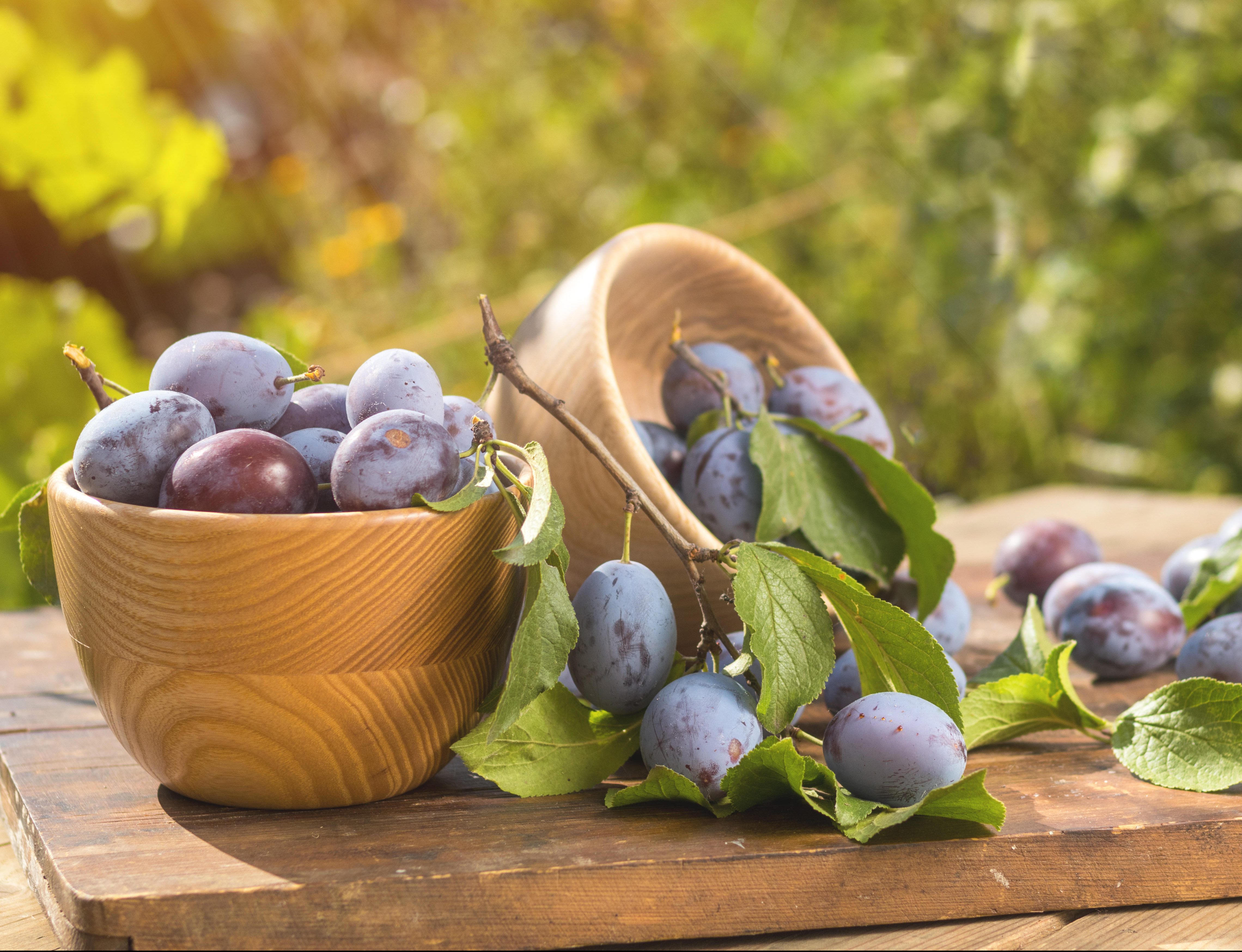
Plums to grow, plums to show, and plums to pop in your gin
Mark Diacono picks his favourite plums — and their close relatives, damsons, mirabelles, bullaces and gages.
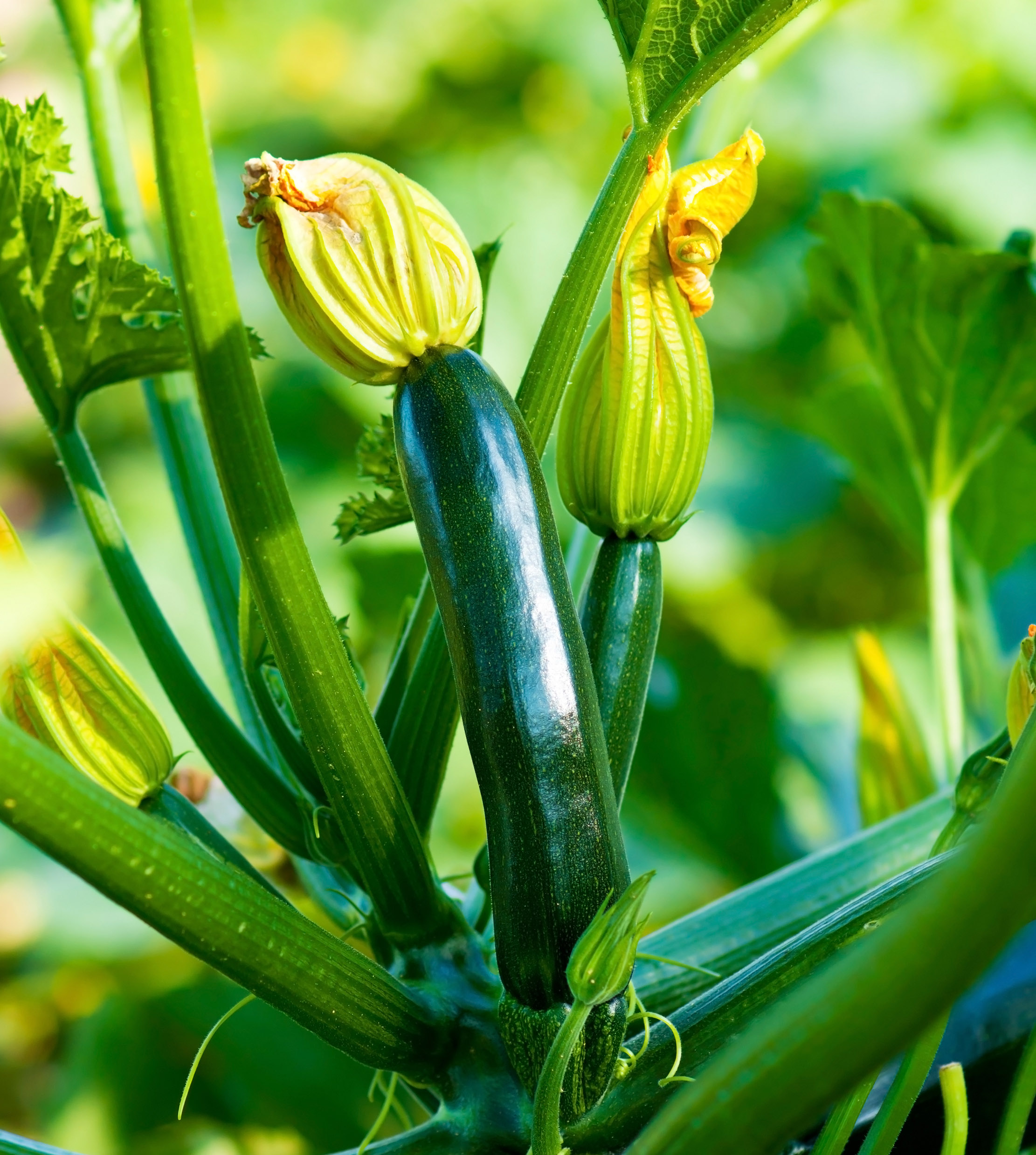
Credit: Getty Images/iStockphoto
Grow your own courgettes: What to plant, when to plant it... and why size really does matter
Mark Diacono shares his tips on the surprisingly simple yet hugely rewarding art of growing courgettes.
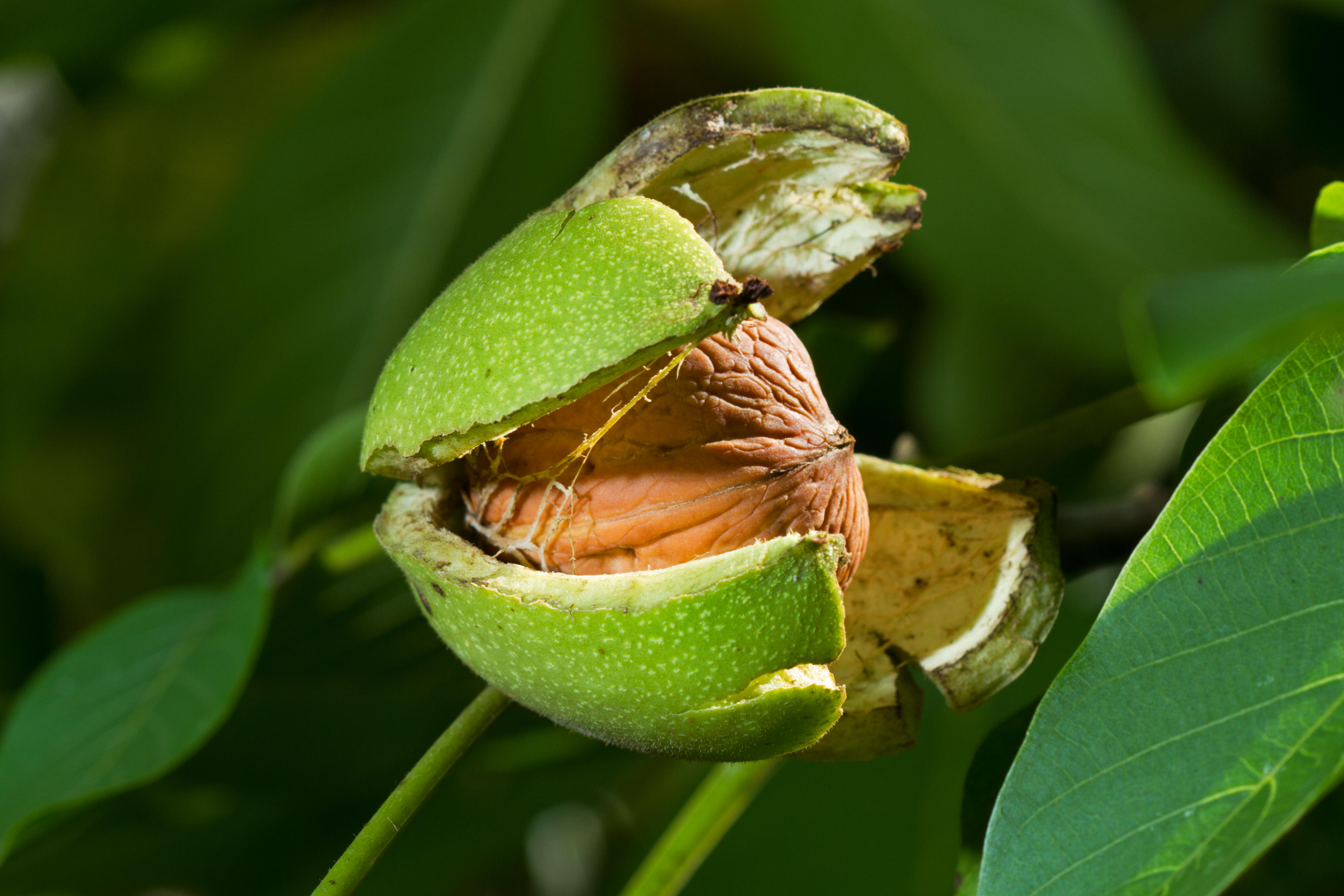
How (and why) to grow walnuts in your garden
From making a delicious aperitif to enjoying the citrusy scent of their leaves, there are plenty of reasons to plant
Mark is lucky enough to spend most of his time eating, growing, writing and talking about food. He has written fourteen award-winning books, including A Year at Otter Farm and A Taste of the Unexpected (both won Food Book of the Year, and Garden Book of the Year). Known for growing everything from Szechuan pepper to pecans to Asian pears, Mark's refreshing approach to growing and eating has done much to inspire a new generation to grow some of what they eat. He was involved in the early days of River Cottage, appearing in the TV series, and writing four River Cottage books. Mark writes to a global audience on his best-selling Substack: Mark Diacono’s Abundance.
